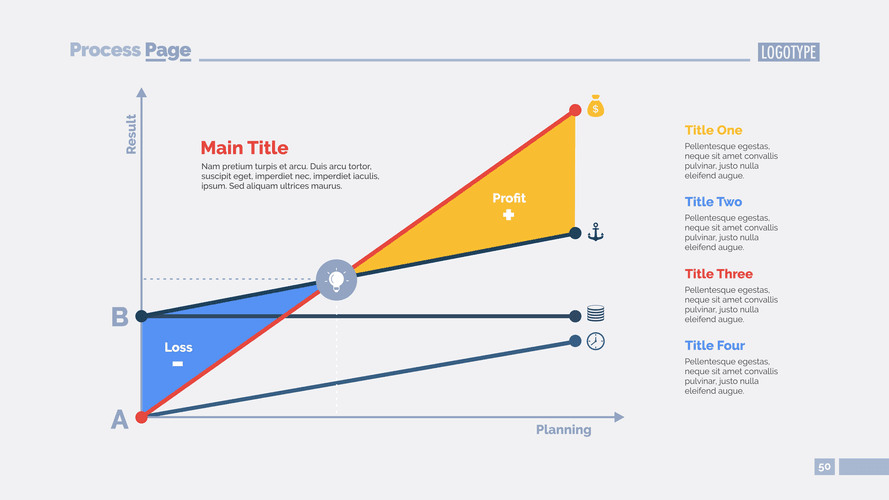
This figure gives investors an indication of the company’s short-term financial health, its capacity to clear its debts within a year, and its operational efficiency. Keep in mind that a negative number is worse than a positive one, but it doesn’t necessarily mean that the company is going to go under. It’s just a sign that the short-term liquidity of the business isn’t that good. For example, a positive WC might not really mean much if the company can’t convert its inventory or receivables to cash in a short period of time. Technically, it might have more current assets than current liabilities, but it can’t pay its creditors off in inventory, so it doesn’t matter.
Resources

The terms working capital itself signifies the amount of fund that the company possess at a point of time to meet the current financial obligations, without which the daily needs to the business cannot be satisfied. However, the net amount is calculated by deducting the current liabilities form the assets, which gives a clear idea about the funds available. The net working capital calculation is an essential financial metric used to measure the deviation or divergence between an entity’s current assets and current liabilities. Every business enterprise extensively uses this metric to understand the economic or financial condition of the enterprise.
Accounting software
For example, a service company that doesn’t carry inventory will simply not factor inventory into its working capital calculation. To calculate working capital, subtract a company’s current liabilities from its current assets. Both figures can be change in net working capital found in public companies’ publicly disclosed financial statements, though this information may not be readily available for private companies.
Q. Can a negative NWC always indicate financial trouble?

As for accounts payables (A/P), delayed payments to suppliers and vendors likely caused the increase. The net effect is that more customers have paid using credit as the form of payment, rather than cash, which reduces the liquidity (i.e. cash on hand) of the company. If a company’s change in NWC has increased year-over-year (YoY), this implies that either its operating assets have grown and/or its operating liabilities have declined from the preceding period.

Formula In Excel (with excel template)
- A positive NWC indicates a company has more current assets than current liabilities, signifying its capacity to cover short-term debts and operate efficiently.
- It is particularly useful for businesses with significant inventory holdings, as it emphasizes the ability to meet short-term liabilities without relying on inventory liquidation.
- Therefore, the working capital peg is set based on the implied cash on hand required to run a business post-closing and projected as a percentage of revenue (or the sum of a fixed amount of cash).
- This can lead decreased operations, sales, and may even be an indicator of more severe organizational and financial problems.
- In the case of a manufacturing business, the average stock retention period needs to be calculated for each type of stock (i.e., for raw materials, work-in-progress, and finished goods).
It also depends on the https://www.bookstime.com/ market conditions and the size of company operations. Current assets are economic benefits that the company expects to receive within the next 12 months. The company has a claim or right to receive the financial benefit, and calculating working capital poses the hypothetical situation of liquidating all items below into cash. Sufficient working capital can also help businesses — especially those with seasonal fluctuations — withstand slow periods. So, it’s essential for companies to take working capital management seriously when evaluating the short-term financial well-being of their business.
However, a short period of negative working capital may not income summary be an issue depending on the company’s stage in its business life cycle and its ability to generate cash quickly. A healthy business has working capital and the ability to pay its short-term bills. A current ratio of more than one indicates that a company has enough current assets to cover bills that are coming due within a year.

Working Capital Position

Working capital is an important indicator of a company’s liquidity and financial health. It’s essential for business owners to know how to calculate and interpret this metric. It also means management of current liabilities, including sundry creditors, bills payable, outstanding creditors, bank overdraft, and so on. The benefit of neglecting inventory and other non-current assets is that liquidating inventory may not be simple or desirable, so the quick ratio ignores those as a source of short-term liquidity. The working capital ratio is a method of analyzing the financial state of a company by measuring its current assets as a proportion of its current liabilities rather than as an integer. Therefore, working capital serves as a critical indicator of a company’s short-term liquidity position and its ability to meet immediate financial obligations.
Deixe um comentário